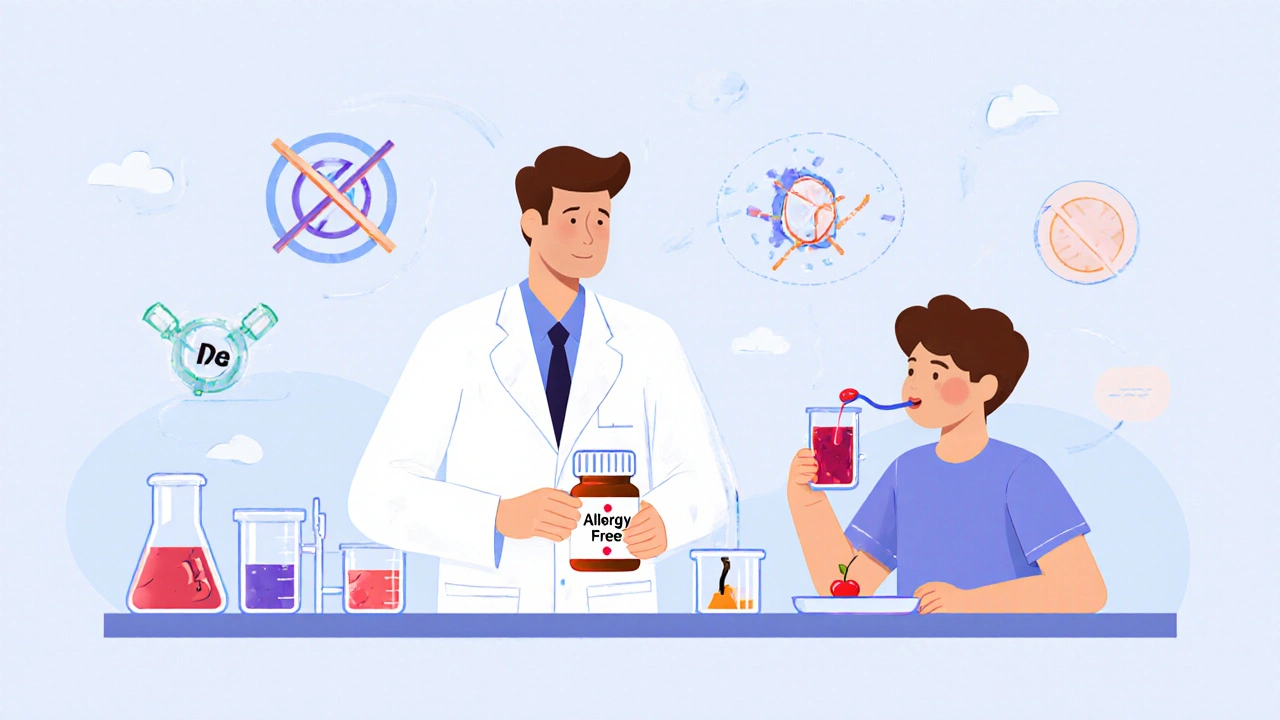Custom Prescriptions: What They Are, Why They Matter, and How to Use Them Safely
When a doctor writes a custom prescription, a medication plan specifically adjusted for an individual’s needs, not just a standard dosage or brand. Also known as personalized medication, it’s not just about the drug—it’s about the dose, the form, the timing, and how it fits into your life. This isn’t luxury care. It’s often necessary when off-the-shelf pills won’t cut it—like when you’re allergic to a filler, need a lower dose than what’s available, or take multiple drugs that clash.
Custom prescriptions often involve drugs with a narrow therapeutic index, medications where even tiny changes in dose or formulation can cause serious harm or failure. Examples include warfarin, levothyroxine, and lamotrigine. In 27 states, pharmacists are legally barred from swapping these for generics without the doctor’s okay. Why? Because a 5% difference in absorption can mean the difference between control and crisis. That’s why custom prescriptions for these drugs often include exact brand names, special formulations, or even compounded versions. And it’s not just about substitution. drug interactions, how one medication affects another in your body. Also known as medication clashes, they’re why grapefruit juice can turn a safe statin into a muscle-damaging hazard, or why taking an SSRI with an NSAID can spike your risk of internal bleeding by 75%. These aren’t edge cases—they’re daily realities for people managing chronic conditions.
Custom prescriptions also cover things most people never think about: pills made without dyes for sensitive skin, liquids for those who can’t swallow tablets, or doses split to match how your body processes the drug. They’re common in pediatrics, geriatrics, and for people with complex health histories. But they’re not magic. They require clear communication with your doctor, careful tracking of side effects, and knowing when to question a change—like a new generic version that feels different.
Below, you’ll find real-world examples of how custom prescriptions play out: why some meds can’t be swapped, how to spot dangerous interactions, what to do when a generic doesn’t work like the brand, and how to avoid waste without risking your health. These aren’t theory pieces—they’re guides written by people who’ve been there, and they’ll help you take control before your next refill.
Compounded medications are custom-formulated drugs for patients who can't use standard prescriptions due to allergies, dosage needs, or swallowing issues. Learn when they're necessary, how to find safe pharmacies, and the risks involved.
Nov, 21 2025

